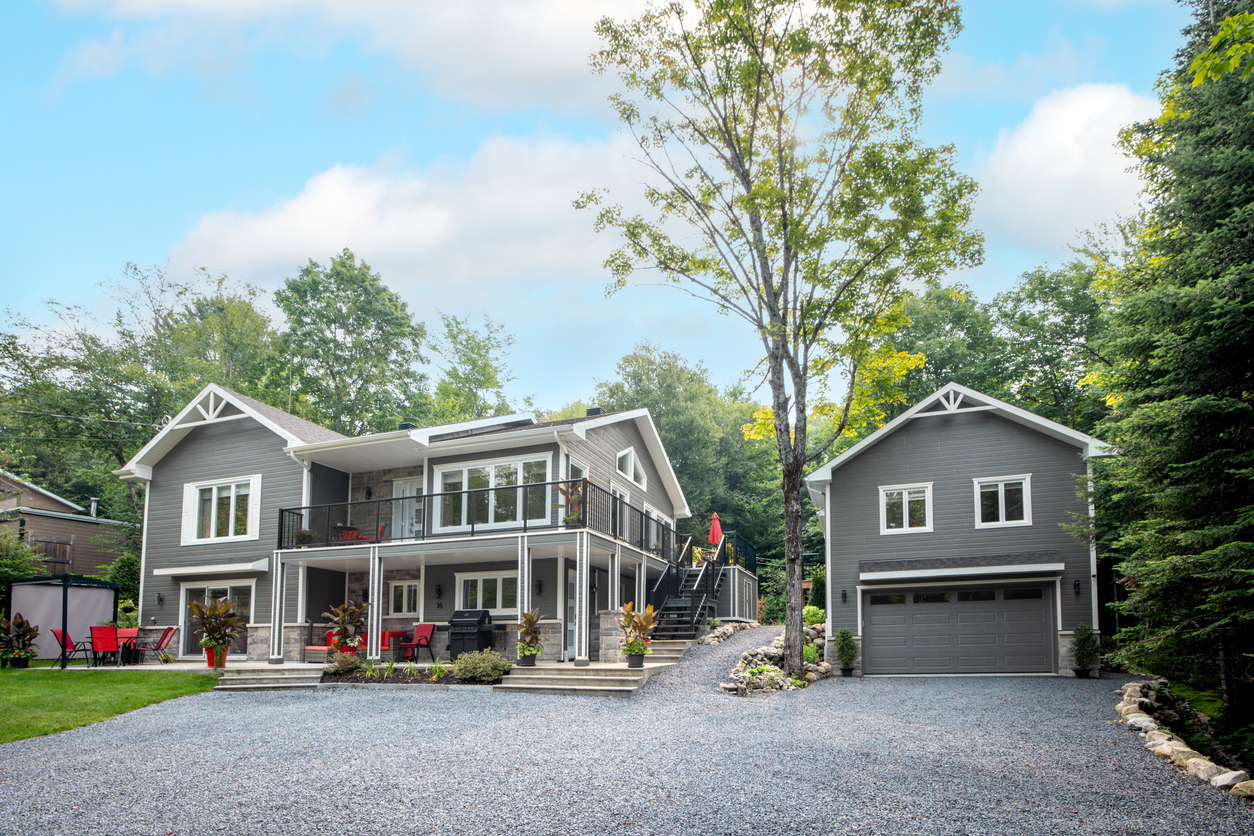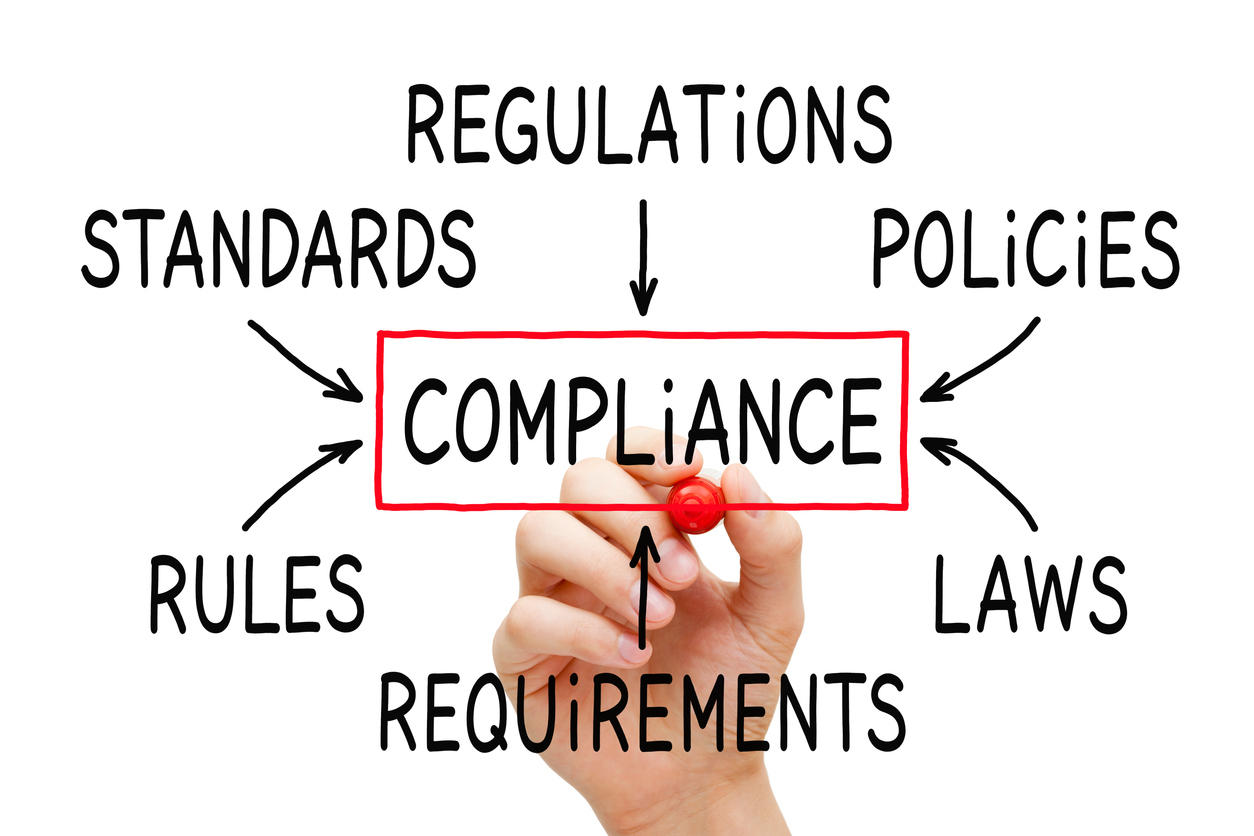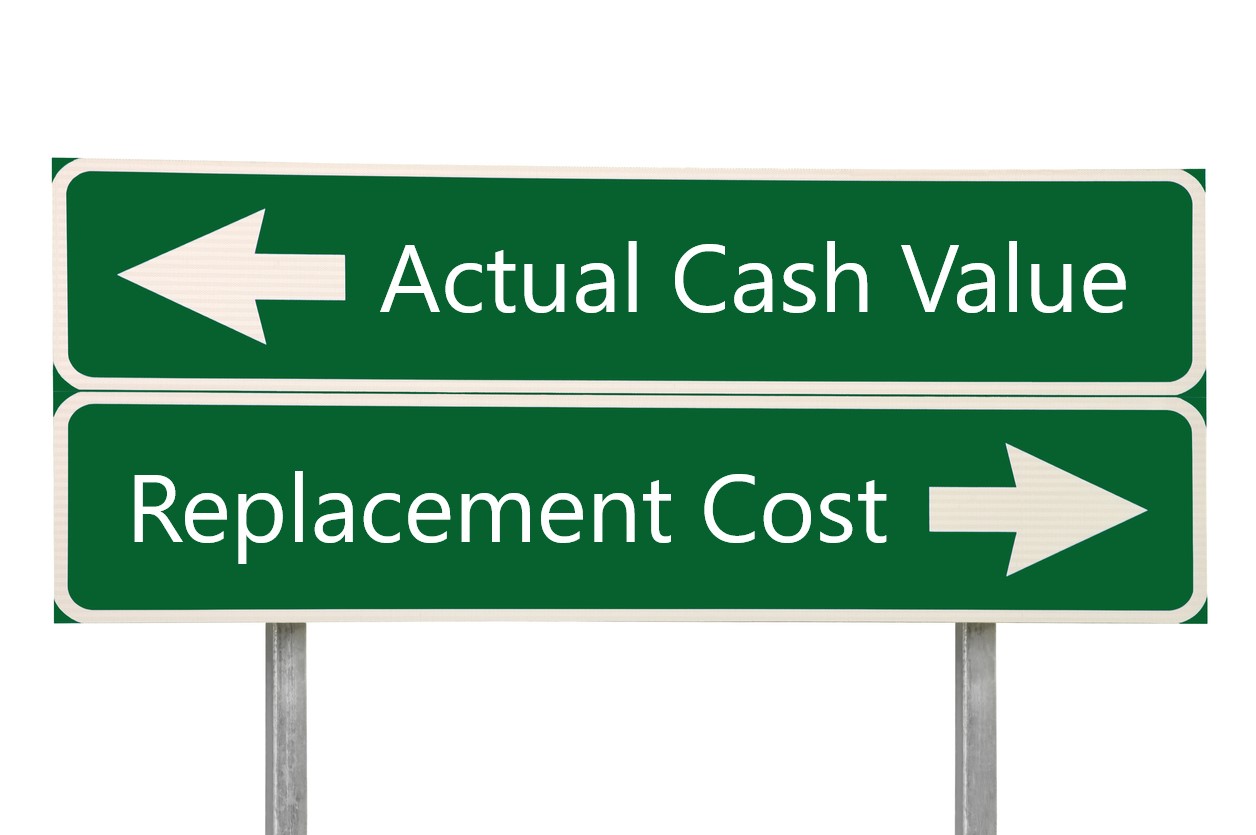A Georgia case involving hail and alleged vandalism damage1 will certainly be a topic of discussion at next week’s Georgia Association of Public Insurance Adjusters (GAPIA) Spring Conference. I first noticed that the court’s ruling indicated that the public adjuster representing the condominium association was also the roofing contractor.
I am not an expert on public adjusters’ contracts like Holly Soffer, but I thought that Georgia public adjusters could not have a direct or indirect interest in the work of the damaged property. Brelly’s Guide to Georgia Public Adjusters indicates the following as being required in the public adjuster’s contract:
A statement prominently captioned in a minimum 12 point font indicating that the public adjuster has no direct or indirect interest, including participation in activities that may be reasonably construed as a conflict of interest or as compensation by or interest in, any firm that performs any work in conjunction with the damages incident to any loss the public adjuster has been contracted to adjust, except for the compensation or fee from the insured for such public adjuster’s services.
The relevant facts of the hail and vandalism damage were as follows:
In August 2019…Complete Roofing Systems contacted Beverly Martin, Plaintiff’s property manager, said Complete Roofing had inspected the roofs in 2017, and asked to re-inspect them. Complete Roofing conducted a drone inspection of the property on October 18, 2019 and allegedly discovered damage to the roofs. On October 23, 2019, Plaintiff filed a claim with Defendant for wind and hail damage that allegedly occurred on July 20, 2018. Defendant refers to this as Claim 1….
Defendant conducted its own investigation of the alleged damage. Defendant first hired Russ Toole, an independent adjuster, to inspect the roofs by drone. He concluded there was hail damage. Defendant, however, determined Toole’s inspection was incomplete and retained Dr. Jonathan Goode, a structural engineer, to re-inspect the roofs and determine the cause and extent of any damage. In the meantime, Defendant received a letter from Chad Conley, a public adjuster with U.S. Public Adjusters (‘USPA’) and owner of Complete Roofing, saying he represented Plaintiff.
Dr. Goode inspected the property on January 30, 2020. He later submitted a report to Defendant, saying the roofs had sustained no hail-related damage. He noted areas of circular ‘granule loss’ but did not identify any associated bruising or fracturing of the shingle mat in these areas. He attributed those anomalies—not to hail damage that would be covered under the insurance policy—but to variations in weathering, inconsistencies in manufacturing, nails protruding up from the deck, deterioration from bird droppings, foot traffic, and rough handling of shingles during installation. Dr. Goode identified a small amount of damage—impacting only several shingles—that he attributed to wind….
On March 10, 2020, Toole provided Defendant an estimate totaling $834.33 for repairs to the seven damaged shingles. Because that was less than Plaintiff’s deductible, Defendant sent Plaintiff an under-deductible letter, a copy of Toole’s estimate, and Dr. Goode’s report. Defendant also advised Plaintiff it was closing Claim 1.
On July 7, 2020, Plaintiff filed a second claim with Defendant, claiming someone had vandalized the roofs on October 17, 2019—the day before Complete Roofing had conducted its initial drone inspection before filing Claim 1. Defendant refers to this as Claim 2…Conley sent Defendant another letter of representation.
Defendant retained Dr. Goode to inspect the roofs again. He did that in October and December 2020. Conley attended the December 2020 inspection to show Dr. Goode the alleged vandalism. Before that inspection, Conley also took some of Dr. Goode’s photos from the January 2020 inspection and ‘post-edited’ or processed the photos to identify conditions or items on the roofs that Conley believed showed damage from vandalism. He provided Dr. Goode a link to those photos at the start of the December 2020 inspection.
Dr. Goode found no evidence any of the conditions he saw resulted from mechanical contact or mechanical force— meaning they did not come from vandalism. Dr. Goode submitted a report to Defendant, concluding the areas of missing granules “appeared to be from long-term weathering of the shingles” and that some areas ‘had marring or the granules and asphalt consistent with incidental foot traffic.’
This fact scenario did not appear good for a policyholder. There is a late reporting of the hail damage. The vandalism seems to be a forced finding from photos of the insurer’s expert with no exact “vandal” being identified. The defendant has an expert saying there is no damage of any type, but that is pretty standard for insurance company experts in the modern era. The policyholder has its roofer expert, who is also representing the claimant as its public adjuster.
The insurer eventually took the examination under oath of the condominium vice president, who said the following:
To my understanding, [ ] there was a previous claim that — I don’t know if it was denied or not. But they had to come back. And I want to say that they had to come back and change it to vandalism. We never got a clear understanding. I know what vandalism means. But I didn’t see anybody get up on top of any of the roofs and take a hammer or whatever and cause damage.
This is not helpful testimony for a policyholder seeking coverage. Another lesson from this claim is that the policyholder’s representative is an important witness and must be properly prepared for expected questions regarding the cause of the loss. The court specifically highlighted this testimony in the order.
Georgia allows a shortened statute of limitations. In this case, the deadline to file the lawsuit was two years after the loss. The insurer argued that neither the hail damage nor the vandalism loss was filed on time.
The court agreed, finding:
…First, Plaintiff did not identify the date on which Ameristar worked on the roof. Without that date, Plaintiff could not present evidence that the damage occurred during the relevant three- day window….The parties agreed that, for Plaintiff’s timeline to work, it would have to show that the vandalism occurred after October 15, 2019 (to fall within the 2-year suit limitation provision) but before October 18, 2019 (when Plaintiff allegedly discovered the damage). Plaintiff agreed that Ameristar conducted only one repair before October 18, 2019—specifically on September 24, 2019. Of course, that means the damage could have happened at any time between September 24 and the start of the limitations period…Plaintiff is only entitled to an inference that the loss occurred between September 24 and October 18, 2019. Plaintiff has presented no evidence from which a jury could conclude that, within that timeframe, it occurred after October 15, 2019…..a jury cannot simply speculate or wildly guess.
Second, …Plaintiff’s entire theory depends on Conley’s assumption or conclusion that the damage Dr. Goode observed in January 2020 must have occurred after Ameristar’s prior work because Ameristar did not notice it at the time. Conley’s testimony shows Plaintiff’s lack of evidence in this regard. He testified he never spoke with Ameristar about this issue as he understood Martin did so. … A fair reading of Conley’s testimony shows that he assumed Ameristar would have been looking for other damage but never confirmed that fact…
Proving that the loss occurred during the policy period and before the statute of limitations expires is crucial to a policyholder winning a property insurance lawsuit. The policyholder in this case simply failed to do so as the court viewed the evidence.
Matt Brown and I will be presenting about post-loss duties next week. I hope to see you in Atlanta if you are a public adjuster looking to learn something new and useful.
Thought For The Day
I enjoy performing for heavily armed people. It’s easier than going to Georgia.
—Robin Williams
1 North Village Condominium Association v. Auto-Owners Ins. Co., No. 1:21-cv-4776, 2024 WL 1018518 (N.D. Ga. Mar. 8, 2024).




